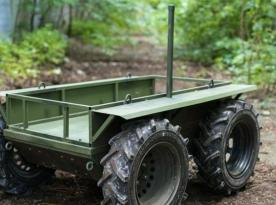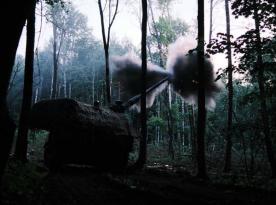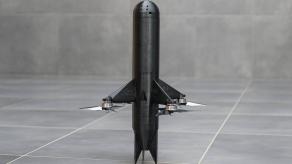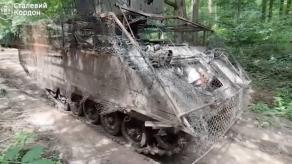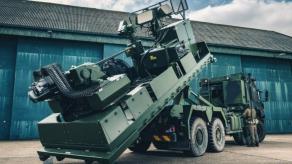Recent footage circulating online shows a train carrying weapons and military equipment from North Korea, reportedly filmed in the Tyumen region of russia. This video stands out for two main reasons. First, we can count at least ten 170-mm M1989 Koksan self-propelled artillery systems, making it the second time this weapon has been seen in russia in just a few days.
Second, the video includes five pieces of equipment that can be identified with high probability as launchers for Pukguksong-2 (Korean for Polar Star) mid-range ballistic missiles, also known as KN-15 in the U.S. classification.
Read more: The Defense Intelligence of Ukraine: North Korean Troops Face Ammunition Shortages on the Frontline
It’s not yet confirmed that these are 100% certainly Pukguksong-2s until clearer images or official statements are published. However, there’s a strong chance North Korea and russia have made a deal to expand the quantity and variety of weapons to support russia’s war against Ukraine.
The Pukguksong-2 missile, like many North Korean weapons, was made in extreme secrecy. That’s why much of the public information about it is mostly estimates, especially about its operating range.
Some sources say it has a range of 1,200 to 1,300 km, while others think it might exceed 2,000 km. Some even claim it can travel more than 3,000 km, though that’s likely just propaganda.

The Pukguksong-2 is basically a land version of the Pukguksong-1 missile, which was designed to be launched from submarines. Unofficial data suggests development started around 2014 but the exact timeline isn’t clear.
Tests in 2016 reportedly failed and weren’t officially acknowledged by North Korea. In February 2017, though, North Korea announced a successful test after the missile flew about 500 km and reached an altitude of 550 km. At first, South Korean intelligence assumed it was testing a different missile, like the Nodong or Musudan.
Later that year, another test had similar results, and North Korea approved the missile for mass production. By 2019, these missiles were confirmed to be deployed at North Korean bases.
Design-wise, the Pukguksong-2 is a two-stage, solid-fuel missile, about 9 meters long and 1.5 meters wide. Its launcher is on a tracked vehicle, chosen in consideration of North Korea’s rough terrain.
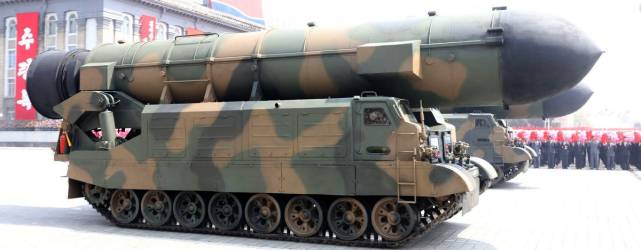
If North Korea has indeed given these missiles to russia, the key motive might be purely pragmatic: to use the war as an opportunity to assess performance of its weapons in real combat.
This is especially relevant since independent observers pointed out the low effectiveness of other North Korean weapons — particularly the KN-23 ballistic missile which russia mainly uses as a weapon of psychological impact at this point due to its basically null accuracy.
Read more: How russian CinC Gerasimov Made Up a Non-Existent Dark Typhon Missile






